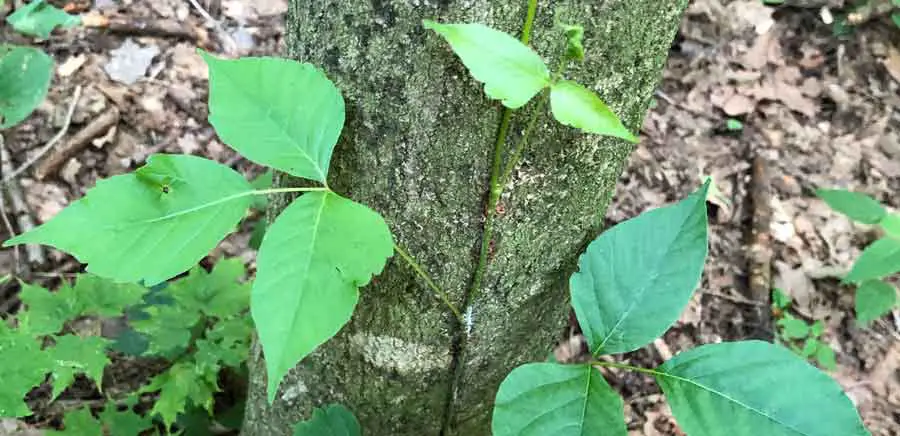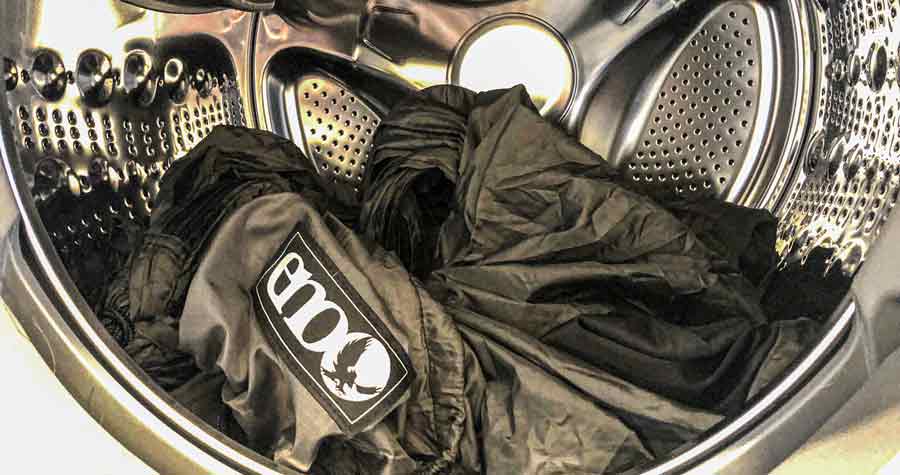Welcome back to the second installment of the poisonous plants series. We are going to focus your gear and your clothes for this article. If you may have missed the last article or want to read the next one here is the breakdown of topics and articles.
Here is the break down of the series just in case you wanted to skip to one of the other articles
Part One – Identification
This article covers how to identify poison ivy and poison oak. Also helping you understand the different characteristics of the plants. While helping you understand where they grow and don’t grow
Part Two – Cleaning Your Gear
This article talks mainly about when you come in contact with it what you should do about cleaning your gear and keeping it from spreading due to it’s on your clothes and other items that have come in contact with.
Part Three – The Rash and Treatment
This article talks about the rash you can get. Then goes into a variety of ways to help treat the rash and ease some of your sufferings when you have come in contact with poison ivy or poison oak.
Now that you know what the series will cover.
Let’s get into it!

Have I Come In Contact With It? How Do I Know?
Well, the unfortunate part about coming in contact with it is you can’t really see it. If it’s on your skin you can’t tell at all. I have used my trek pole before to push through a big patch of it and I could see the shiny oil on my pole. If you think you have come in contact with it I would strongly recommend following some of the steps below when I talk about ways to treat and get it off your gear.
Everyone has a different reaction when it comes to poison ivy. Around 15% to 25% of people are not allergic to it at all. I know I’m in the group. I know my mom is allergic to it and she got it so many times when I was a kid. Due to my rolling around in it and her doing my laundry. Sorry, Mom! In most cases, you won’t know if you had contact with it due to it takes 24 to 48 hours for the rash to develop. Everyone has a different level of reaction when it comes to this stuff. I’ve had friends where they just get a little red rash they are a little itch. I also have some family members that are severely allergic every time they touch it they get really nasty blisters and boils with a super itchy red rash.
How Long Does the Rash Last?
Everyone is different I know I keep saying that but it’s true. When it comes to allergic reactions it’s hard to say. I also wouldn’t advise you to go touch some poison ivy to figure out this answer. I would say in most cases I have seen and also reading on other reference sites. It the oil can stay on your skin causing the reaction for five to twelve days. This is just typical though for some other people that are more allergic to it can get it for weeks even up to a month. So please don’t go test this out to see how long it takes for you.
How to Get Poison Ivy Off of your Gear
So first I want to just say no matter what type of gear you have you should always check the manufacturer’s website. Almost all products that can be clean have something on the companies site explaining how to clean their products. The main concern is what temperature you want to wash the gear in. You want to try to wash everything as hot as you can but some products can’t be washed in hot water. Hammocks being one of those things. I go into detail on how to wash your hammock and you can read about it here
Can You Wash a Camping Hammock in the Washer?

It’s always important to remove everything you can from packs like clips and buckles anything that can be removed. I personally wash everything separately too. When washing your things its a good idea to have rubber gloves so the oils don’t get on you or on you again. For those things that you haven’t washed yet, I would set them outside in a bag to keep them contained.
For any gear that can just be washed down. I would get a tub of the hottest water you can get place some laundry detergent in the tub and scrub the items with a soft brush then rinse it off. If you are hesitant if that did it you can do it multiple times.
Whether your washing clothes or gear in the washing machine its important to realize that you don’t want to overload the washer. You want it to have enough room to fully agitate and really get your clothes clean. You also want to make sure you do the longest load possible.
When it comes to washing clothes I typically take an old towel and set it out on the porch and place all the clothes in the center of the towel then I grab all four corners of the towel to make a bundle. This way everything is protected when I place it in the washer. I can’t stress this enough this oil is nasty. It can get on anything I am not allergic to it but I have members in my household that are. So doing this ensures my wife won’t get poison ivy from doing a load of laundry.
You always want to make sure to clean your gear if you think it has come in contact with it. Don’t just put it away and think it will air out or go away in time. This oil can last for years. So if you are putting away your gear in the fall and don’t come back to it until next year sometime there is a 100% likelihood that you will get it on you from your gear. This stuff is oil, not a type of water that will evaporate. There are tons of noted cases of these plants still getting itchy from items that touched it over 5 years ago.
Better Safe Than Sorry
I would hate it if you got this on you due to it being on your gear or clothes. That’s why it’s vital that you take care of it as soon as your done with your trip. Personally, after every camping trip, I walk in through the laundry room strip down put all the clothes in the washing machine. Then after I’m clean I get some rubber gloves and take care of my gear.
It’s ok to be cautious of it. These are just some ways to avoid these plants out in the woods.
Now that we have talked about
Here is the break down of the series just in case you wanted to skip to one of the other articles
Part One – Identification
Part Two – Cleaning Your Gear
Part Three – The Rash and Treatment
Just remember to keep a watchful eye on these plants out in our Wanderful Wild.
